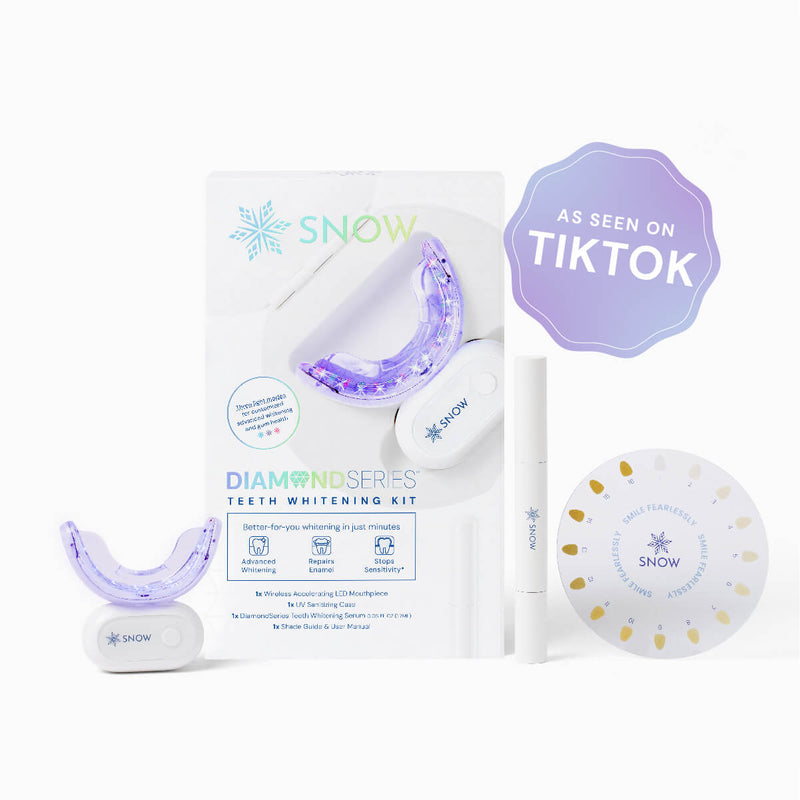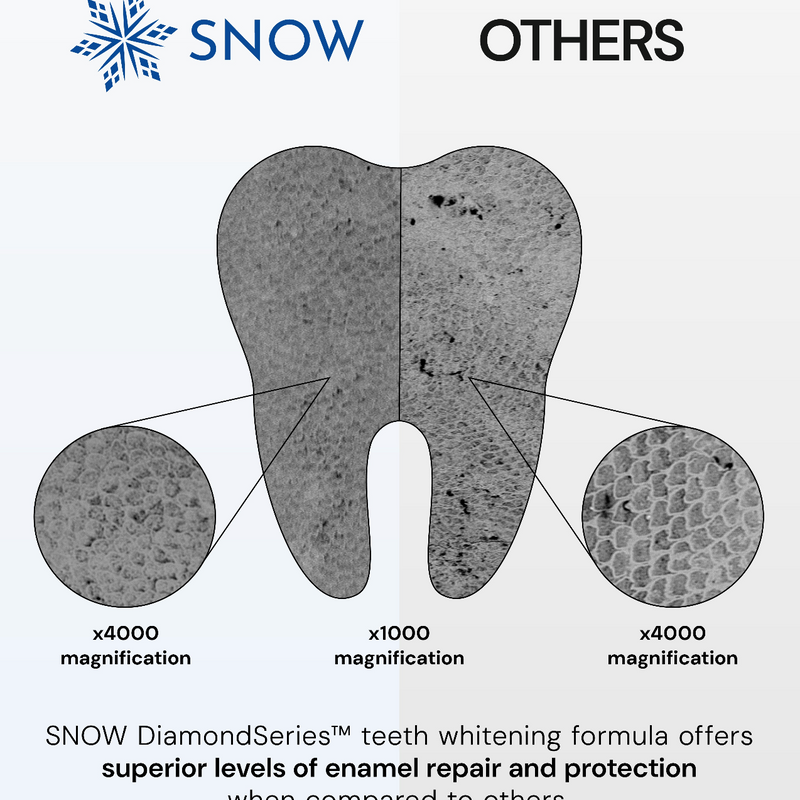Have a cavity and wondering how much it'll cost for a cavity filling? You are not alone.
Many people dread going to the dentist; sometimes, they fear the potential cost. Dental fillings prices can depend on several different factors.
It's essential to understand that many variables are at play regarding dental work and getting a cavity filled. This article will inform you about the costs, type of fillings, and what to expect. This will help you from getting caught off guard by a surprise bill in the mail.
WHAT ARE CAVITY FILLINGS?
Dental fillings can help save your teeth. They are your first line of defense when you suspect tooth decay.
A filling is used to fill a small hole or repair an area of the tooth. The material used in the filling is very pliable and allows your dentist to shape it to fill up cavities.
Modern fillings are made of various materials, and you have a plethora of choices. The filling material is shaped by a dentist directly into your tooth decay during a dental filling procedure.
Lab-made fillings may require your dentist to take an impression, send it out to the lab, and place it into your teeth on your next dental filling appointment.
A filling restores dental caries and repairs the decayed tooth, which looks good and functions properly. Most composite fillings last several years and block out food and bacteria, so your dental cavity does not get larger.
WHY WOULD YOU NEED A CAVITY FILLING?
TOOTH DECAY
The most common use of tooth fillings is to fill a cavity in a decayed tooth. A dentist may also use a tooth filling to repair any damage that may be caused due to teeth grinding or even to replace the filling or replace a part of a broken tooth due to injury.
Cavities are caused by acidic foods and a bacteria called streptococcus mutans. Not brushing your teeth after that can foster a breeding ground for bacteria.
This leads to cavities, also known as dental caries.
Filling a cavity can cost you anything from a few hundred dollars to several hundred dollars based on the restoration's size and the composite materials used to make the filling.
Filled resins, quartz filler, glass ionomer fillings, silver amalgam, filled resins, dental amalgam, ceramic fillings, metal fillings, gold fillings, and amalgam fillings are some of the many options you can choose from.
Gold fillings may be more expensive than other filling materials. No matter what kind of filling you choose, amalgam filling or a composite resin material, filling a cavity will prevent additional tooth decay.
Also, it would help if you treated a cavity as soon as your dentist diagnoses it.
As mentioned earlier, cavities are bacterial infections and, left untreated, can continue to spread. The longer you wait to fill the hole, the worse your tooth will get, and the price to fix it may grow.
A cavity can expand into the tooth's root and nerves and cause structural damage that may need an extraction or more expensive options such as root canal treatment. Do not wait or postpone filling a cavity.
Below are some common symptoms that you may need a dental filling.
COMMON SYMPTOMS:
- Tenderness to hot, cold, or sweet
- Tooth sensitivity
- Occasional jolts and zings emanating from the tooth
- Extreme discomfort when biting down
- Tooth throbbing or excruciating pain
COST OF DENTAL FILLINGS (WITHOUT INSURANCE)
HOW MUCH DO FILLINGS COST?
A dental filling is considered cosmetic dentistry based on the filling material. Metallic elements cost less, while tooth-colored fillings and other aesthetic preferences affect the bill.
The average cost of a simple filling without insurance can vary based on several factors such as the number of surfaces that need a filling, type of filling, dentist fees, and any other additional procedures such as composite restoration that may be necessary.
The average cost of a filling can range between $200 to $500 but can cost as much as $700 based on your situation.
COSTS
The cost of fillings depends on the dental clinic and the type of filling.
The materials your filling is made from will influence the procedure's cost and how much your dental policy will cover. Some dental filling materials change in pricing due to supply and demand.
Dental fillings placed on the decayed area on the same day tend to be more affordable than those that need to be made in a lab.
The smaller the cavity, the lower the cost may be. Your dentist will assess which kind of tooth filling is best suited for you to prevent further damage.
SILVER AMALGAM FILLINGS
Cost without insurance: $50 to $250
Silver amalgam fillings are one of the most affordable type of filling on the market.
It can cost anything between $50 and $150 for two surfaces and about $300 for more surfaces. The percentage that your dental policy will cover is usually higher for this filling when compared to other materials.
Amalgam fillings have been used immensely for several reasons. They are hardy and last for years.
Your dentist will use nitrous oxide (laughing gas), numbing gel, or a local anesthetic to make the procedure painless while filling your cavity. Once the filling has been done, your tooth is protected and reinforced.
COMPOSITE FILLINGS
Cost without insurance: $100 to $450
The most common filling is made of resin composite material. This filling costs about $100 to $250 for tooth-colored fillings.
Three or more teeth can cost anything between $150 and $450. This tooth-colored filling does cost a tad more than silver fillings.
Dental insurance policies pay about the same for composite resin fillings as for silver fillings. This filling also helps prevent further decay while restoring your smile without breaking the bank.
GOLD FILLINGS
Cost without insurance: $250 to $2,500
Gold fillings are one of the more expensive fillings you can get. They are usually made in the lab and are also called inlays.
They are also known as three-quarter crowns or inlays. The cost of these fillings can vary depending on their market price.
PORCELAIN FILLINGS
Cost without insurance: $300 to $4,500
Many confuse composite fillings with porcelain fillings. These are two different kinds of fillings.
This fill is lab-made and similar to a crown. They're more costly to make.
Some porcelain fillings are made from dense zirconia, while others are custom-made CEREC treatments.
WHAT TO EXPECT
Most fillings take about an hour. Before the actual procedure, a healthcare professional will first take x-rays if needed and prep you for the procedure.
Before the dentist begins this simple procedure, they will numb your gums, teeth, and surrounding skin, using a gel or local anesthetic to lessen the discomfort and pain.
Next, the dentist will drill out all the decay from the tooth. Then the dentist applies the filling. This process only takes a few minutes.
Once you are done with the procedure, your tooth may feel weird, and your mouth is likely to remain numb for a few more hours. You can feel at ease and go about your day-to-day activities as there are no significant risks associated with a cavity filling.
Be sure to hold on to the business card of your dentist just in case you feel excruciating pain or suspect any complications. The dentist's clinic will be glad to help you with any questions that you may have before and after the procedure.
Follow the aftercare directions that your dentist recommends.
POTENTIAL COMPLICATIONS
You must be aware of the complications of a filling. Armed with this knowledge, you will know when to see your dentist get your tooth filling repaired or adjusted.
A cavity filling is a relatively straightforward procedure; however, there can be potential issues and post-procedure complications.
TOOTH OR GUM INFECTION
Sometimes, the tooth-colored filling may pull away from the tooth attached after you get a cavity filled. This can create a breeding space for bacteria to grow and lead to an infection.
Bring this up with your dentist immediately if you notice a gap between the filling and the tooth. Also, reach out to your dentist if you feel extreme tooth sensitivity or tooth pain.
DAMAGED CAVITY FILLING
Sometimes, a filling can break, crack, or even fall out after filling the cavity. This can happen when you bite down on hard foods or during a sports injury.
Reach out to your dentist immediately if your filling feels damaged. They will help you understand your future dental filling options and recommend protecting your teeth against infection.
TAKING CARE OF CAVITY FILLINGS
It is common to experience discomfort, pain, and sensitivity soon after receiving a tooth filling. Thankfully, within a few days, this discomfort will lessen. Once you get a cavity filling, it is essential to follow a good oral hygiene routine to keep your teeth clean and healthy.
If you have sensitive teeth, use a toothpaste meant for sensitive teeth to prevent further tooth decay. Using a toothpaste formulated for sensitive teeth will keep your gums from bleeding and ensure your fillings last for many years.
As long as you practice healthy oral hygiene, you are unlikely to suffer from tooth decay or tooth pain.
The American Dental Association recommends brushing your teeth twice a day (morning and night) and flossing daily. Flossing regularly flushes out any debris lodged between the teeth. You can also invest in plaque-fighting toothpaste.
Avoid sugary food and carbonated drinks, and rinse your mouth after every meal.
Frequently Asked Questions
Do cavity fillings hurt?
In most cases, no. The majority of fillings are painless throughout the operation. This is due to the use of very efficient numbing drugs.
How long does a cavity filling last?
A metal filling should last around 15 years on average before needing to be changed, although this might vary depending on many variables, such as if you grind or clench your teeth.
Do fillings make cavities go away?
Fillings effectively fix cavities the majority of the time. On the other hand, poor dental hygiene might contribute to the formation of additional cavities. Additional cavities might form around the border of the filling on occasion.
When does a cavity need to be filled?
If the cavity has gone beyond the enamel, it usually requires removing the damage to prevent further decay.
SUMMARY
Whether you choose glass ionomer fillings, ceramic fillings, or amalgam fillings, it is essential l to get a cavity filled as soon as possible. Follow the dentist's recommendations, and you can keep your teeth cavity-free.


























